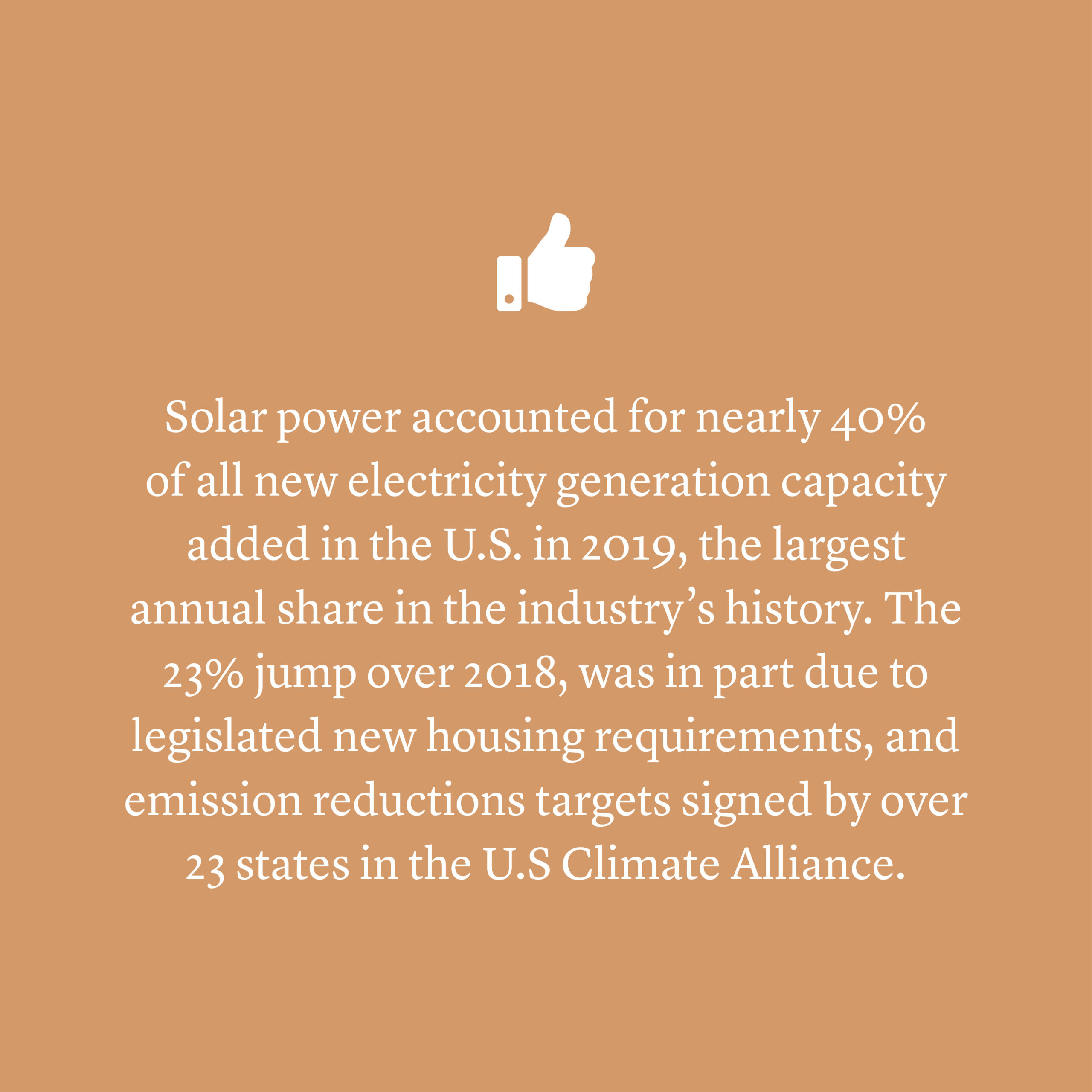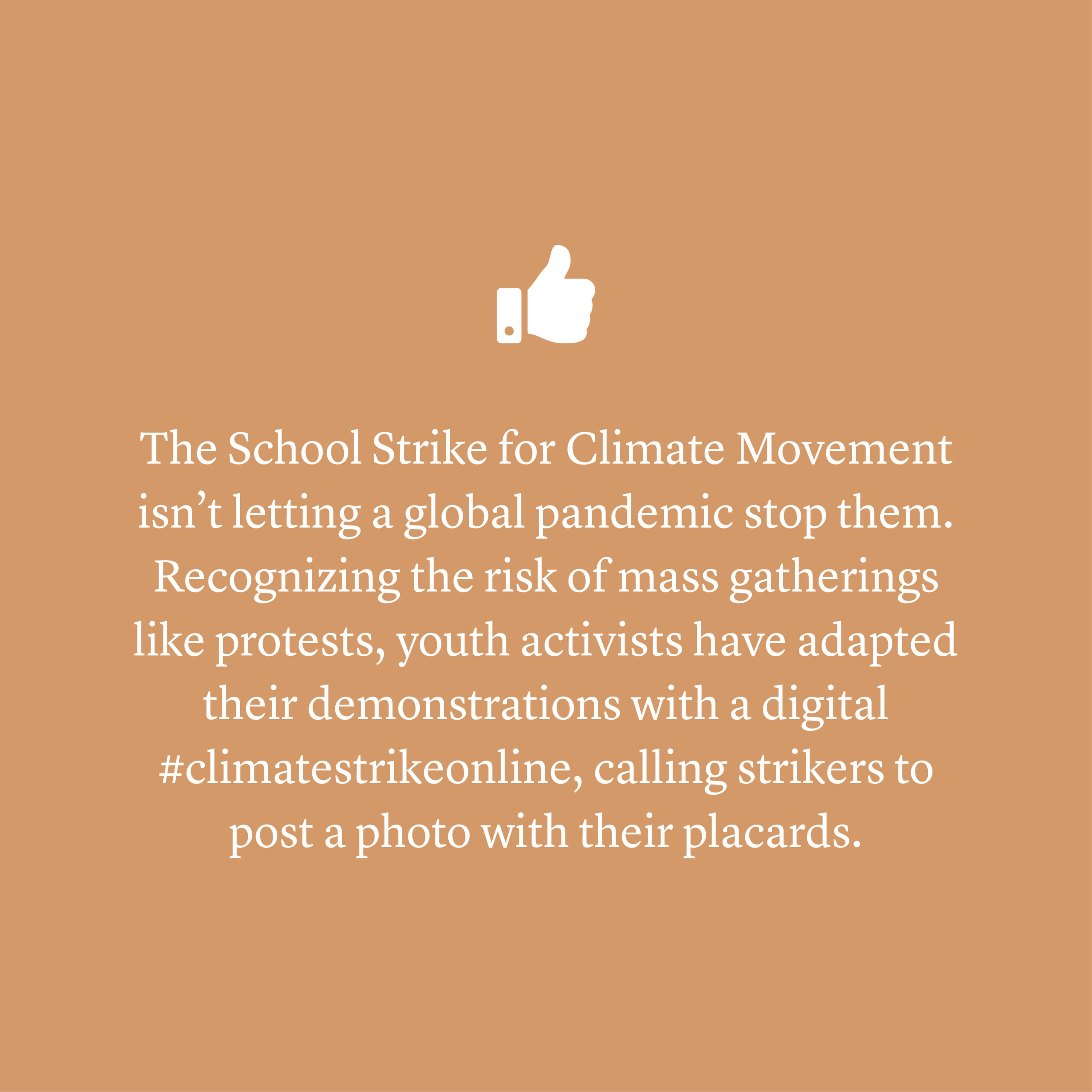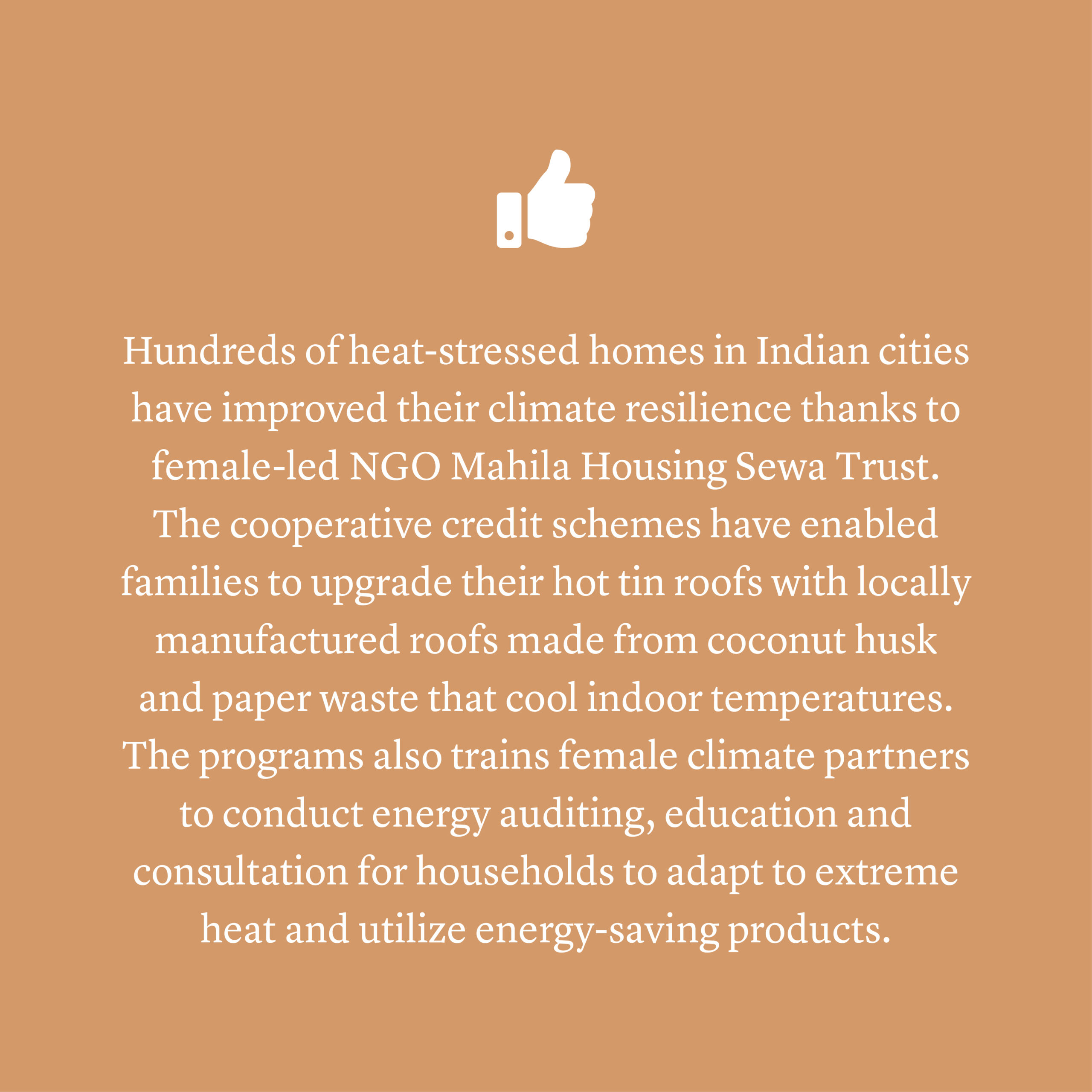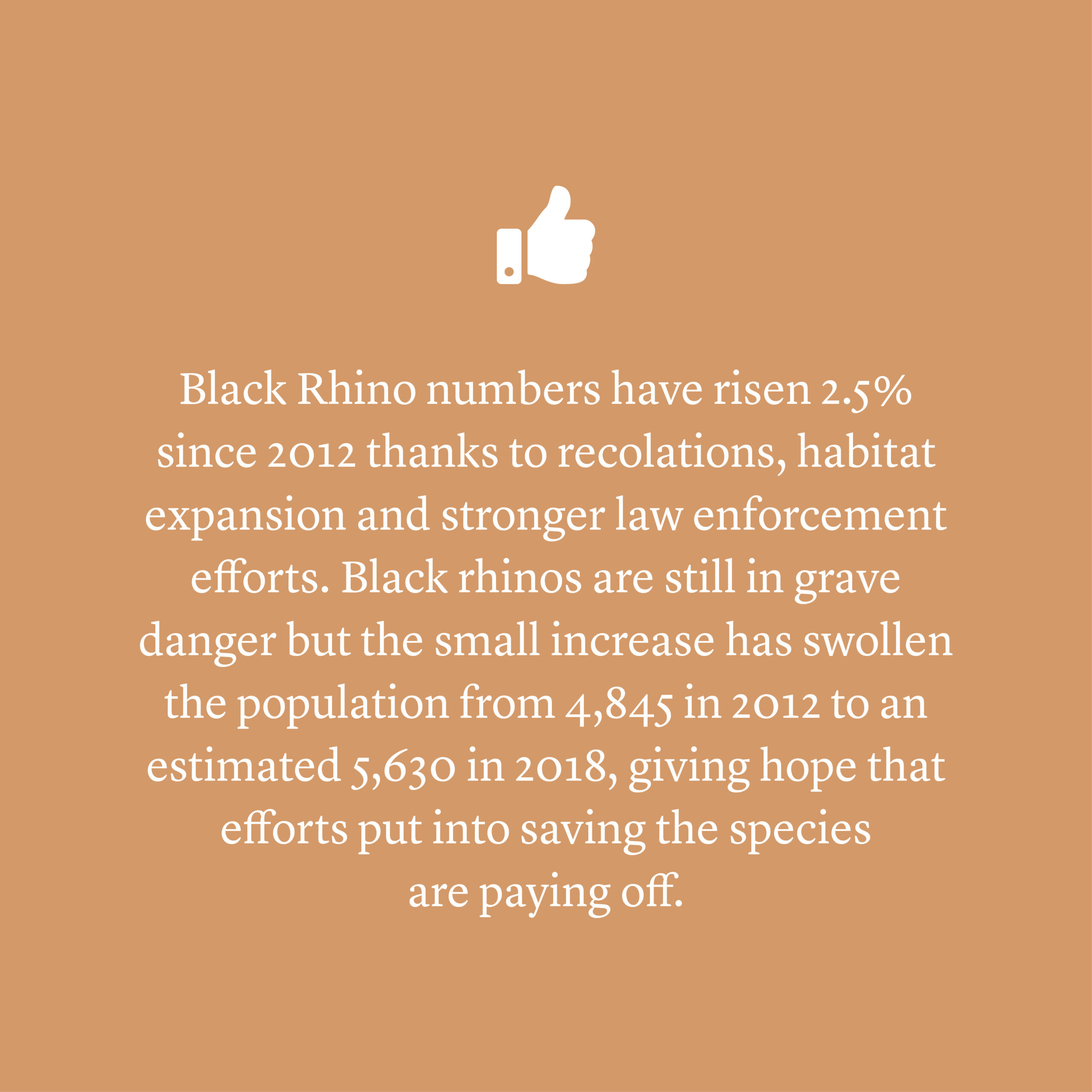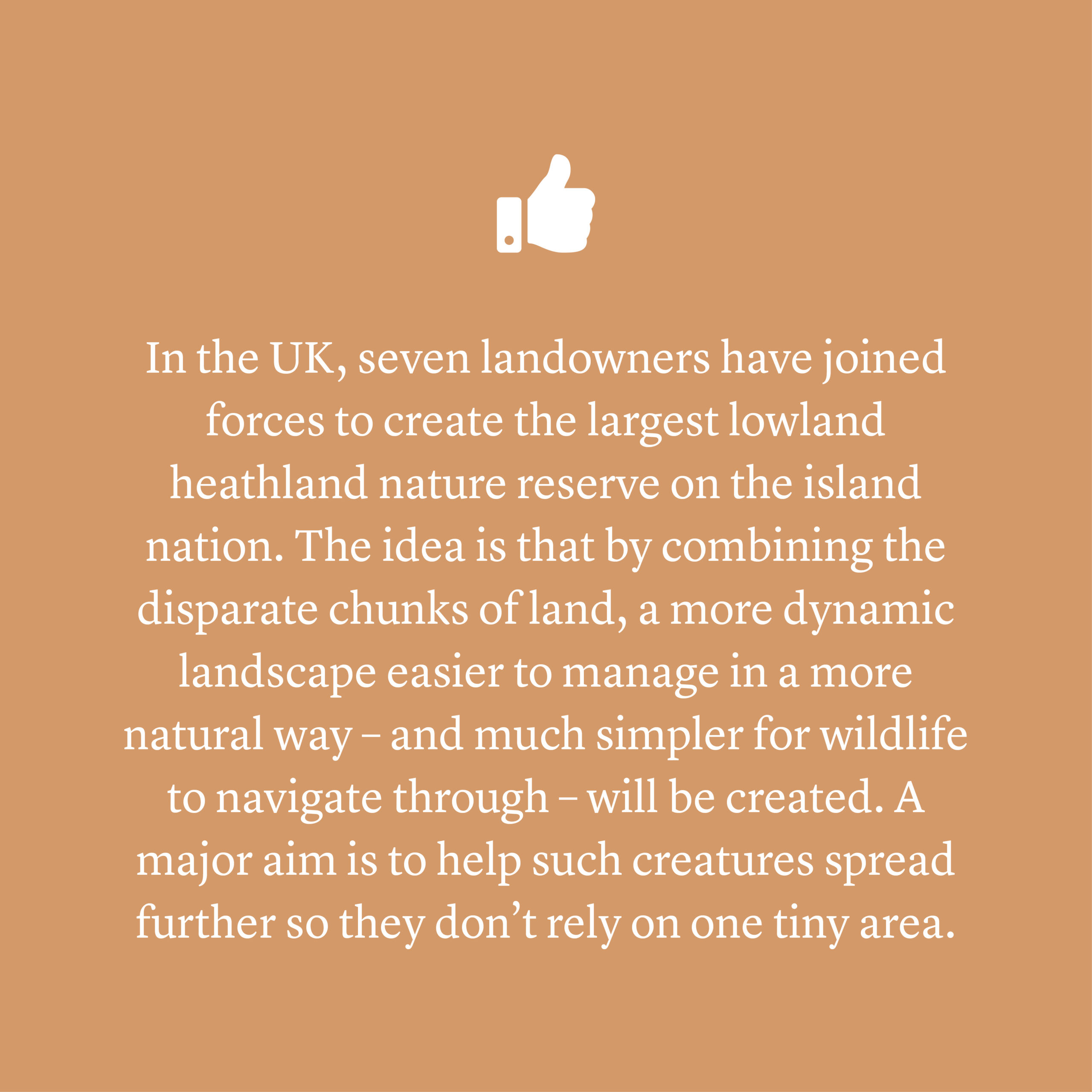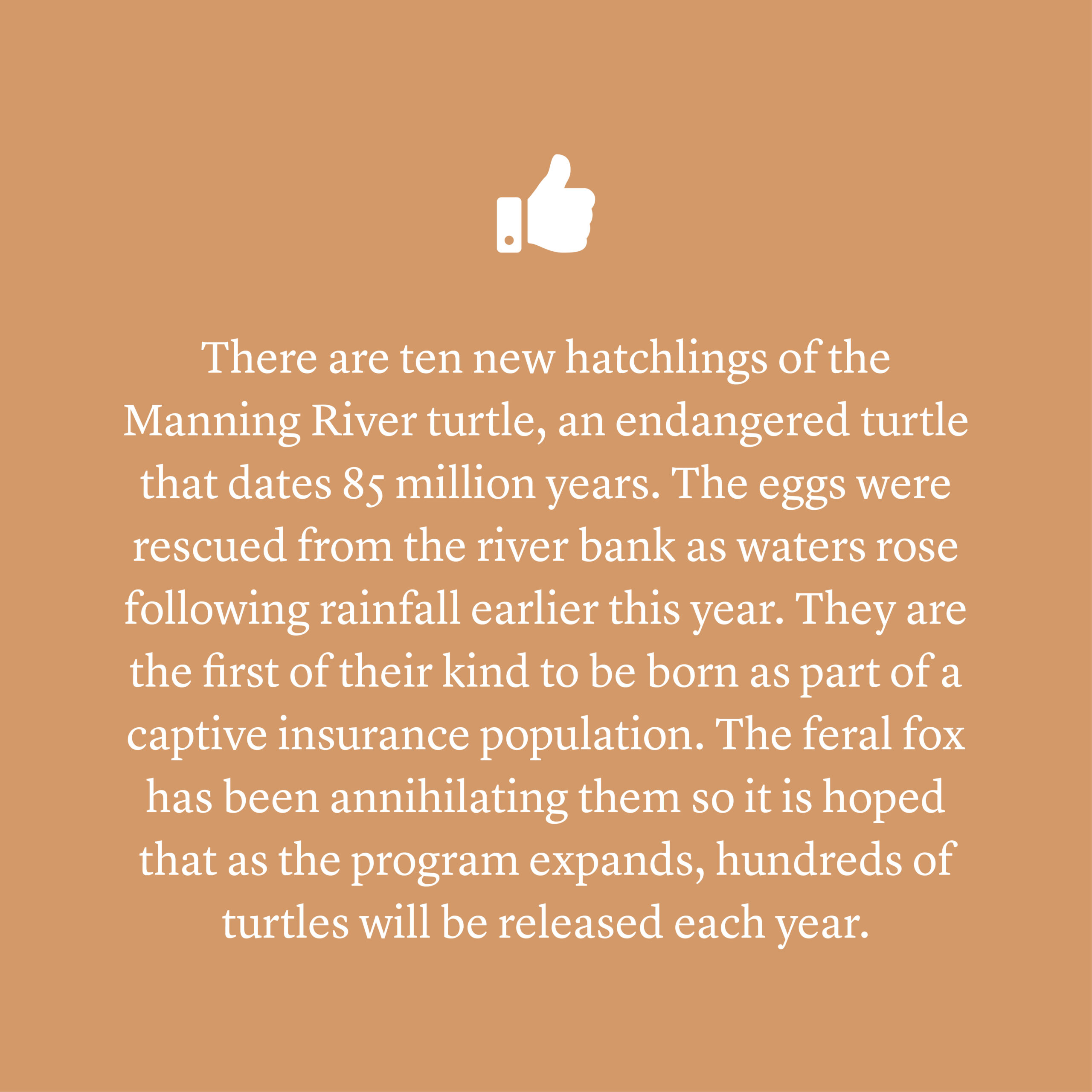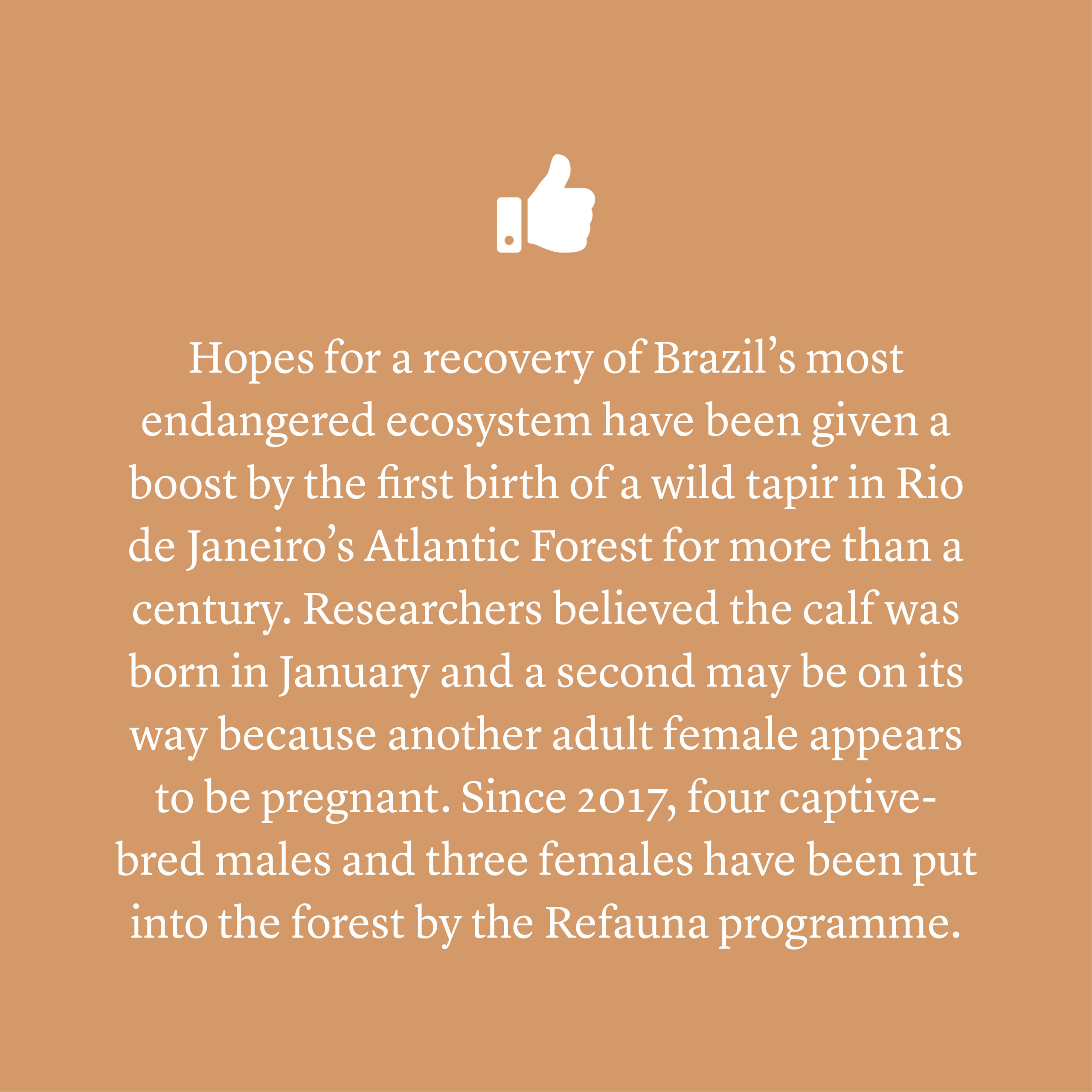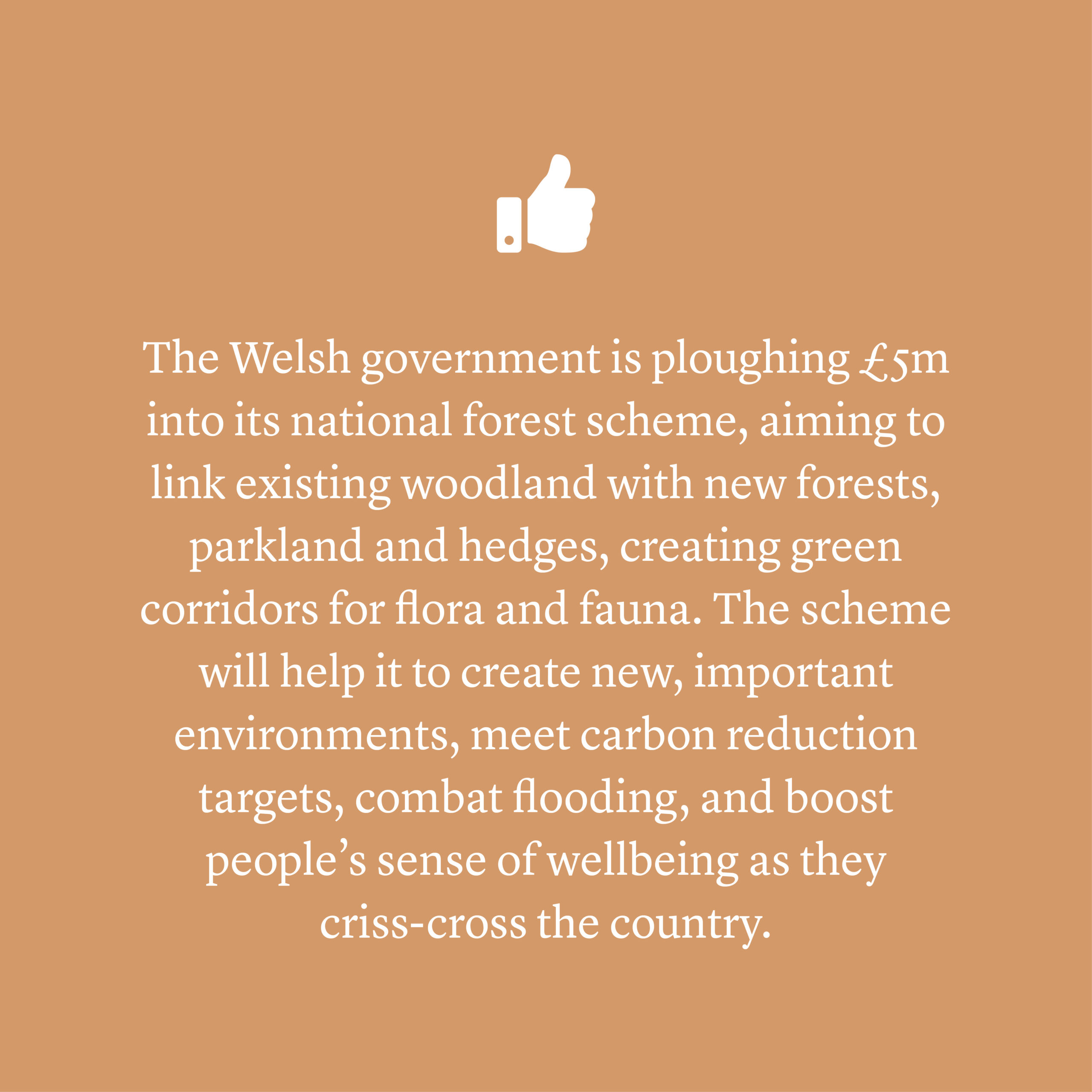Every week we do a major roundup of environmental news across the world. It is really important we all know it and share it, but it can also be pretty disheartening. The bad news is nearly always on a much, much larger scale than the good. The next few years are probably going to look the same as we enter climate feedback loops, profit incentives continue to grow, population increases and we continue to stall on our Paris Agreements. We’re interested in education, understanding systems, and the levers we can all pull for change.
But during this mammoth effort every week, we also get to see lots of little good news stories pass through our initial filter which we’re posting here. We can use these to inspire us, give us ideas in our own communities and potentially scale them up. Environmental good news can often be fairly greenwashed so we’re not interested in that and won’t consider it good news. If you see a story and decide to implement it where you live, we’d absolutely love to hear about it! Please tag us in or email us and let’s create a world of lots of local change which collectively has big impact.
- After an incredible year of global mass mobilisation in 2019, the School Strike for Climate Movement isn’t letting a global pandemic stop them. Recognizing the risk of mass gatherings like protests, youth activists have adapted their demonstrations with a digital #climatestrikeonline, calling strikers to post a photo with their placards. (Common Dreams)
Hundreds of heat-stressed homes in Indian cities have improved their climate resilience thanks to female-led NGO Mahila Housing Sewa Trust (MHT). The non-profit’s cooperative credit schemes have enabled families to upgrade their hot tin roofs with locally manufactured roofs made from coconut husk and paper waste that cool indoor temperatures. The programs also trains female climate partners (Saathis) to conduct energy auditing, education and consultation for households to adapt to extreme heat and utilize energy-saving products. (Mongabay)
- Black Rhino numbers have risen 2.5% since 2012 thanks to recolations, habitat expansion and stronger law enforcement efforts. Black rhinos are still in grave danger but the small increase has swollen the population from 4,845 in 2012 to an estimated 5,630 in 2018, giving hope that efforts put into saving the species are paying off. (The Guardian)
- In the UK, seven landowners have joined forces to create the largest lowland heathland nature reserve on the island nation. The idea is that by combining the disparate chunks of land, a more dynamic landscape easier to manage in a more natural way – and much simpler for wildlife to navigate through – will be created. A major aim of the Purbeck Heaths project is to help such creatures spread further so they do not rely on just one tiny area. (The Guardian)
Ten turtle hatchlings may not seem like a lot, but it is an important milestone for the Manning River turtle, an endangered freshwater species that dates back 85 million years. The eggs were rescued from the river bank as waters rose following rainfall earlier this year. The hatchlings, the first of their kind to be born as part of a captive insurance population, will be kept for several months before being released. The feral fox has been annihilating them so it is hoped that as the program expands, hundreds of turtles will be released each year. (ABC)
- Hopes for a recovery of Brazil’s most endangered ecosystem have been given a boost by the first birth of a wild tapir in Rio de Janeiro’s Atlantic Forest for more than a century. Researchers believed the calf was born in January and a second may be on its way because another adult female appears to be pregnant. Since 2017, four captive-bred males and three females have been put into the forest by the Refauna programme. The tapir reintroduction programme aims to accelerate restoration of a degraded natural habitat. (The Guardian)
- The Welsh government is ploughing £5m into its national forest scheme, aiming to link existing woodland with new forests, parkland and hedges, creating green corridors for flora and fauna – and people. The scheme will help it to create new, important environments, meet carbon reduction targets, combat flooding – but also boost tourism and people’s sense of wellbeing as they criss-cross the country. (The Guardian)
- The Welsh Government has announced a proposed ban on single-use plastics including straws, cutlery, polystyrene food and beverage containers, balloon sticks and cotton buds. Wales joins some thirty countries and cities that have announced similar reductions in single-use items beyond just plastic bag bans. (The Guardian)
- Solar power accounted for nearly 40 percent of all new electricity generation capacity added in the U.S. in 2019, the largest annual share in the industry’s history. Furthermore, total installed photovoltaic (PV) power is expected to more than double in the next five years, according to an annual report released by a solar industry consulting firm. The U.S. growth, a 23% jump over 2018, was in part due to legislated new housing requirements, and emission reductions targets signed by over 23 states in the U.S Climate Alliance. (Scientific American)
